We don’t always get to pick our rental roommates, and that can lead to unpleasant circumstances like roommates interested in “borrowing” or others with flimsy definitions of ownership. While I can’t protect your last beer in the fridge, I do know a thing or two about security devices, having tested dozens for CNET. So I have ideas for securing your belongings if you’re worried about roomie-related theft.
Some renters can install wireless home security equipment that doesn’t cause installation damage and is easy to take with you if you move. Our list of the best home security systems for renters includes DIY units that don’t require drilling or installation experience to set up. But if you’re renting a single room in a house with other spaces as common areas, setting up a whole security system may not be possible — especially if your roommates don’t like the idea.
That doesn’t mean you can’t protect your stuff, especially when it’s in your room. There’s still plenty of home security tech to keep watch or prevent access to your valuables, even if your personal space is one bedroom.
These are the essential home security devices and expert tips to keep your stuff safe from roommates with sticky fingers.
First, read up on your lease (if you have one)

Review any info you have about your living situation.
Before adopting new security tech, it’s a good idea to break out the lease you signed and check the details. Leases sometimes specify certain limitations for tenants. Look for text or sections like:
- Security and who is in charge of managing security. Some leases may even mention smart home tech or door locks.
- Tenant alterations, and what specific alterations a tenant is not allowed to make. Some owners like to limit what technology or equipment renters can add.
- Communication channels to an owner or landlord to talk about theft and ask for exceptions to the rules if you have a serious problem.
- Repair and maintenance sections may specify who is in charge of certain kinds of home hardware or security.
Of course, not everyone has an in-writing lease. There are more casual subleasing arrangements with primary renters or similar living situations where they may not know what rules apply to them. In cases like this, it’s time for a little open communication.
Talk with your roommates, especially the primary renter if there is one, and let them know that you’re considering using home security devices. Get consensus whenever possible: If you have a casual written agreement, you may want to add a line that lets you use home security technology.
Add a smart lock for your bedroom door
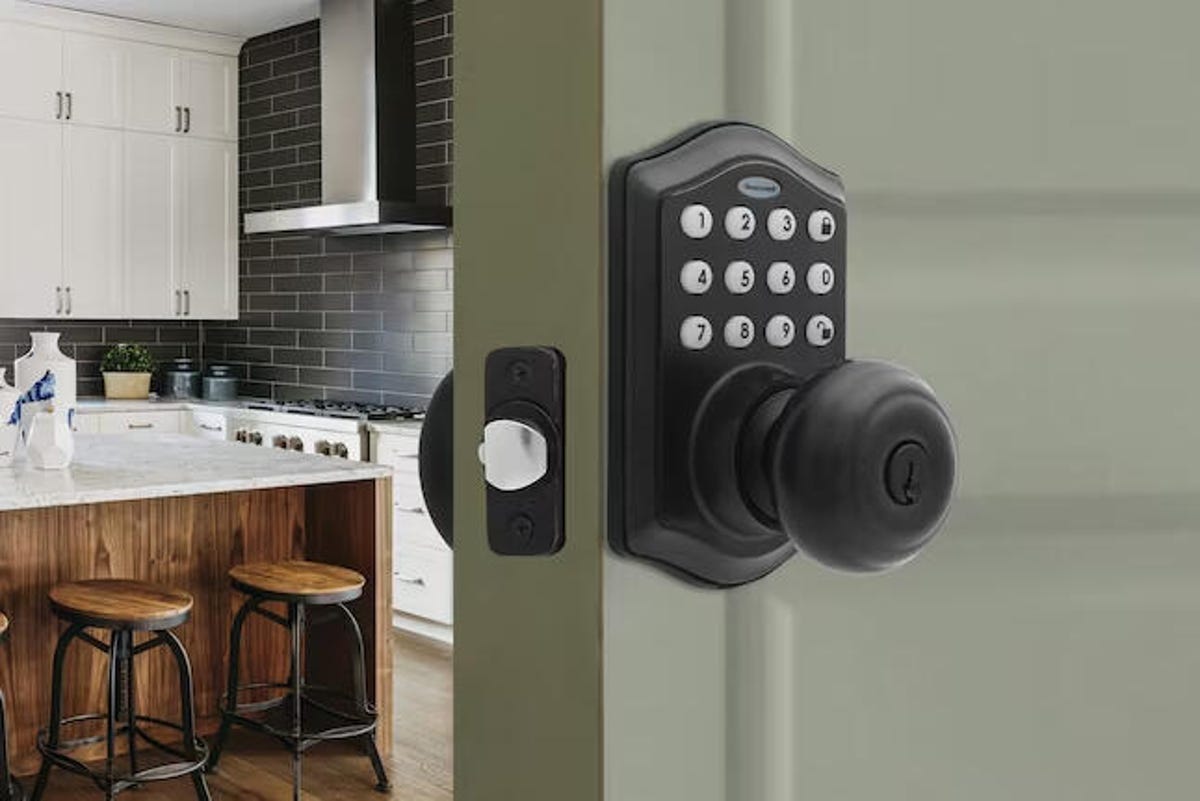
Some smart locks work on any door in the home and are easy to set up.
Adding a smart lock is probably the best way to protect belongings and defend against snooping or thieving roommates. But if you’re looking for smart locks for your room, you’ve probably noticed a couple of problems: They tend to be deadbolt locks, and the installation looks too invasive or potentially damaging to the door.
We’ve got good news. Not all smart locks are deadbolts, and replacing an ordinary knob or lever-style handle is usually possible without causing permanent marks (as long as you’ve got a screwdriver handy). Consider this Yamiry fingerprint-detecting, keypad smart handle, which is currently available for $80 and offers all the benefits of traditional smart locks in a package that you can install on nearly any door. This Honeywell knob for around $85 is a simpler design with a keypad entry that may be a better fit on some indoor door models.
But there’s a reason I warned you to look at your lease first. Sometimes owners have specific rules about replacing locks, so always check the details before installing a lock like this. And keep the old hardware around, in case you want to move out and take the smart lock with you when you go.
Use a smart safe for valuables
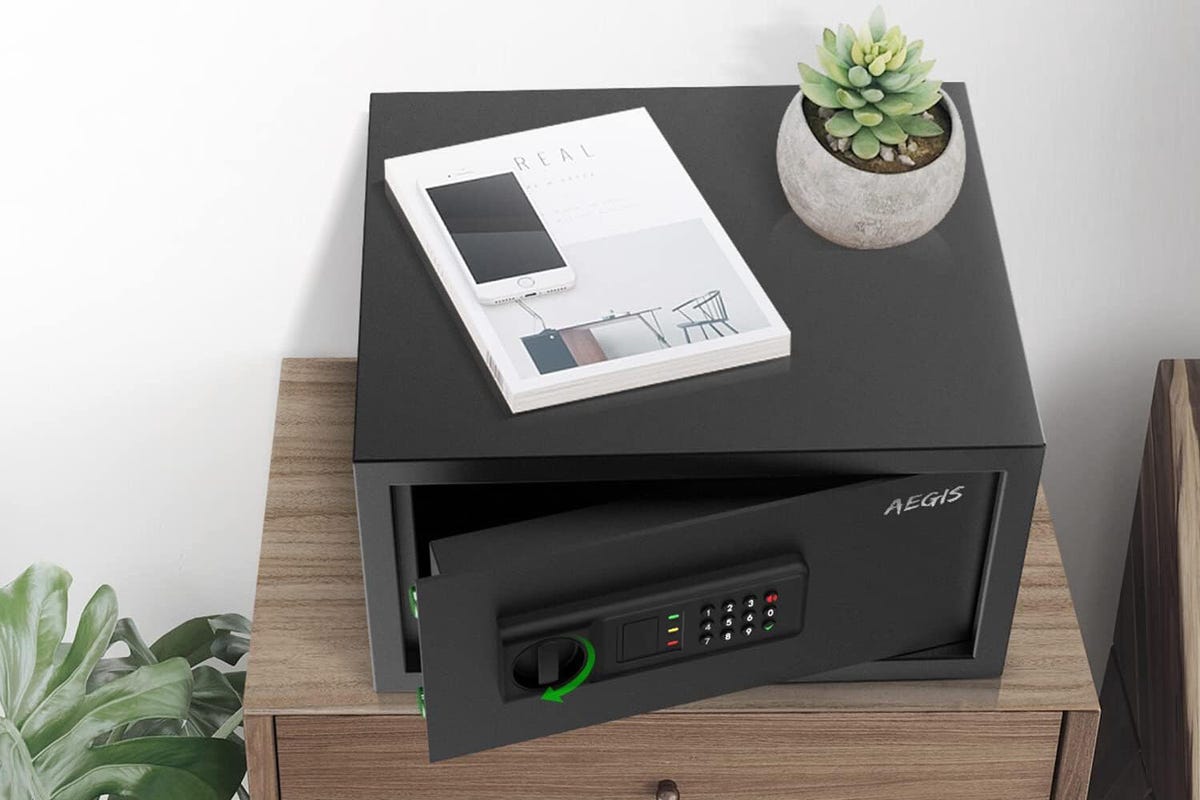
A bedroom safe doesn’t have to be large to get the job done.
A home safe brings to mind bulky, heavy chunks of metal that aren’t designed for small spaces. But not all safes are built that way. Consider this compact Aegis safe ($100) with 1.2 cubic feet of space. That’s plenty of room to hold jewelry, cash, personal documents, checkbooks and IDs, but it’s small enough to easily take with you no matter what room you live in. It has a no-key knob and the ability to recharge the battery via a USB-C connection to a nearby laptop or charger. It’s also available in fingerprint lock varieties for a price bump.
Or, if you’re looking for a budget option, this small Yuanshikj keypad safe is available for around $30 — the lowest we’ve seen a mini home safe like this.
Set up a security camera in your personal space
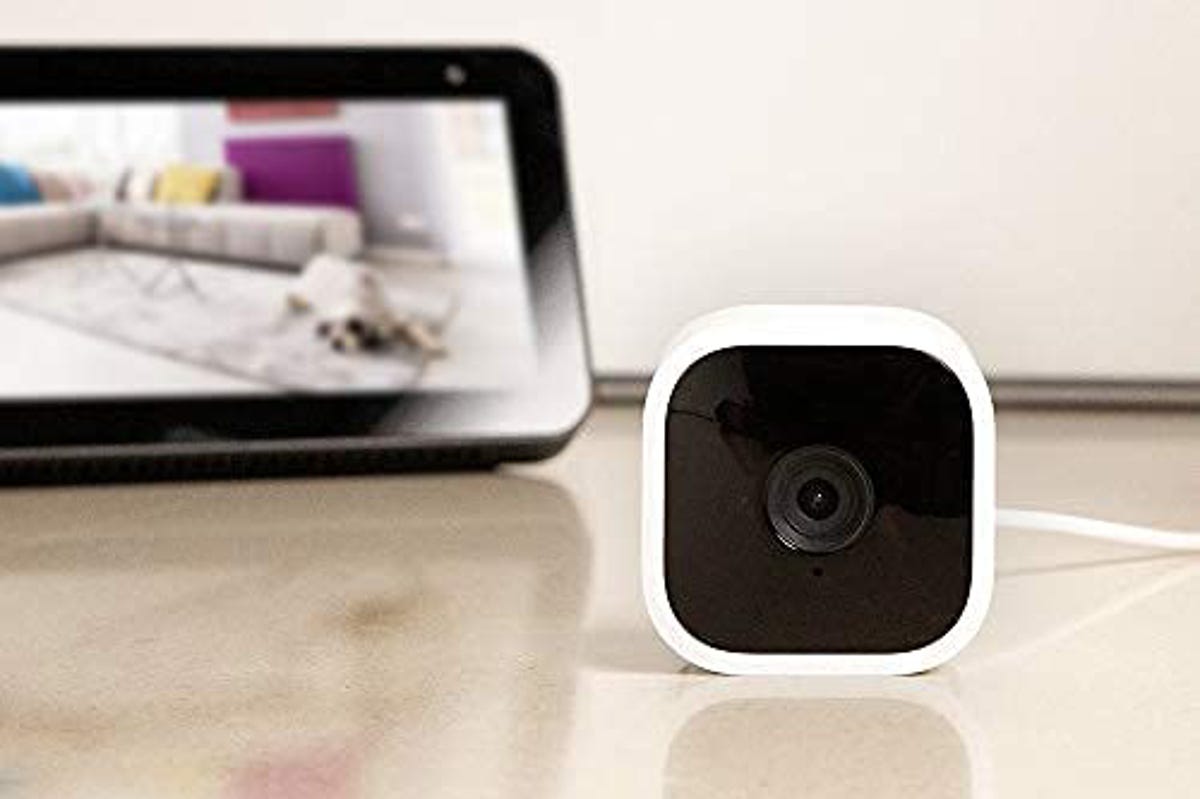
A small security camera can keep watching when you’re not around.
A security camera can’t stop roommates from entering your space and stealing from you, but it will certainly help suss out the culprit if something does go missing. (Hey, it might even help you find something you misplaced yourself.) Letting everyone in the house know you have a security camera set up can be a powerful deterrent.
This Blink Mini cam is affordable — between $20 and $30 — and tiny enough to fit on a crowded shelf. It also has important features, like motion detection and night vision. You will, however, need a subscription to save cloud video, which isn’t in everyone’s budget. This Lorex HD indoor camera is a lot larger, but it’s also quite affordable and uses a microSD card (included) for local storage to automatically store video, no subscription needed.
It’s worth mentioning that both those cams have voice assistant compatibility with Alexa and Google Assistant as well as app controls, so it’s easy to shut them down with a word or tap when you want some privacy.
Get a cheap smart sensor for doors or closets
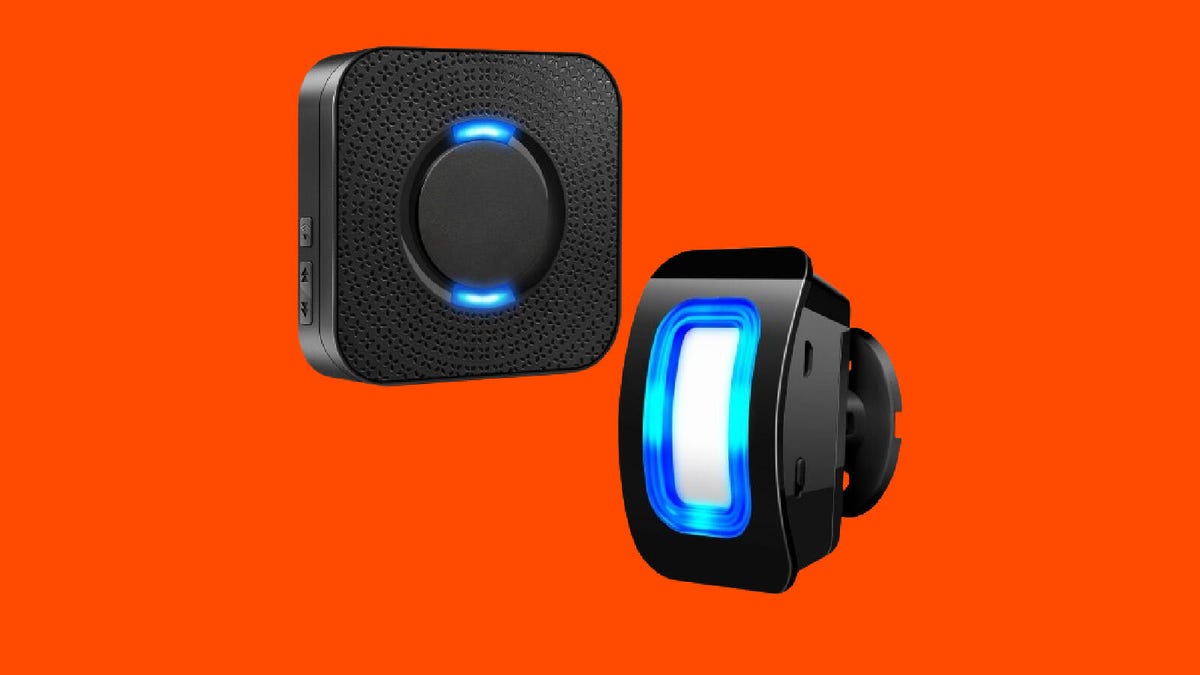
A simple motion sensor can fit in a closet or bedroom with ease.
If cash is tight, you probably don’t want to spend a lot on security devices, but you still have options. For $12 you can buy a couple of door stop alarms that simply set off a siren when someone opens a door they aren’t supposed to. For around $20, you can get a motion sensor with alarm chimes to let you know when someone has entered a space. They aren’t the most elegant room protection options, but they can help you keep tabs on your important stuff.
Choose a lock for your bike or sports gear
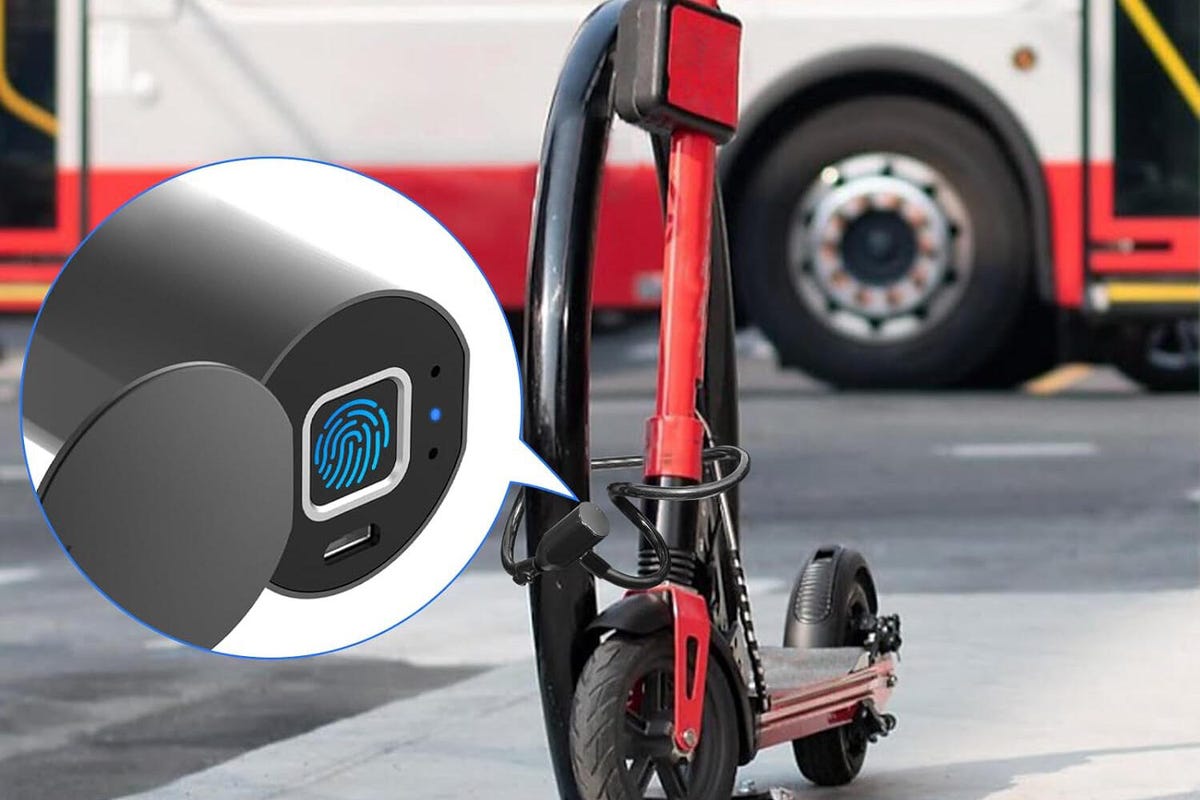
Wrap-around bike locks are versatile enough to protect all kinds of equipment, at home or away.
Living with roommates sometimes means keeping some of your more important (and expensive) belongings in the garage, living room, or other common area. That’s often true of bikes and sports equipment including skateboards, skis and snowboards and tennis rackets.
If you’re worried about those items getting snatched, a different kind of smart lock can help. This cable lock from eLinkSmart is under $40, unlocks via fingerprint, and it’s long enough to wrap around many types of equipment. With clever positioning, you can make it difficult to snatch all sorts of bigger belongings. Or you may want to pay more for this durable folding bike lock from SDU, which comes with fingerprint and Bluetooth unlocking options.
Does renters insurance cover roommate theft?
Renter’s insurance, which typically costs between $10 and $15 per month, helps cover your belongings from unexpected circumstances such as fires and floods. That often covers theft or damage that occurs during a break-in, providing reimbursement that is equal to or close to the replacement cost of the items.
But renter’s insurance can’t get your stuff back once it’s gone and there are plenty of caveats and situations where it may not apply — not to mention deductibles to pay. If you have a serial thief in the house, renter’s insurance can’t keep them from stealing again. While renter’s insurance is important for long-term renters, adding home security tech to prevent theft from happening in the first place may ultimately be the better defense.
For more home security options, see our picks for best indoor security cameras and the best budget home security cameras for 2024.

